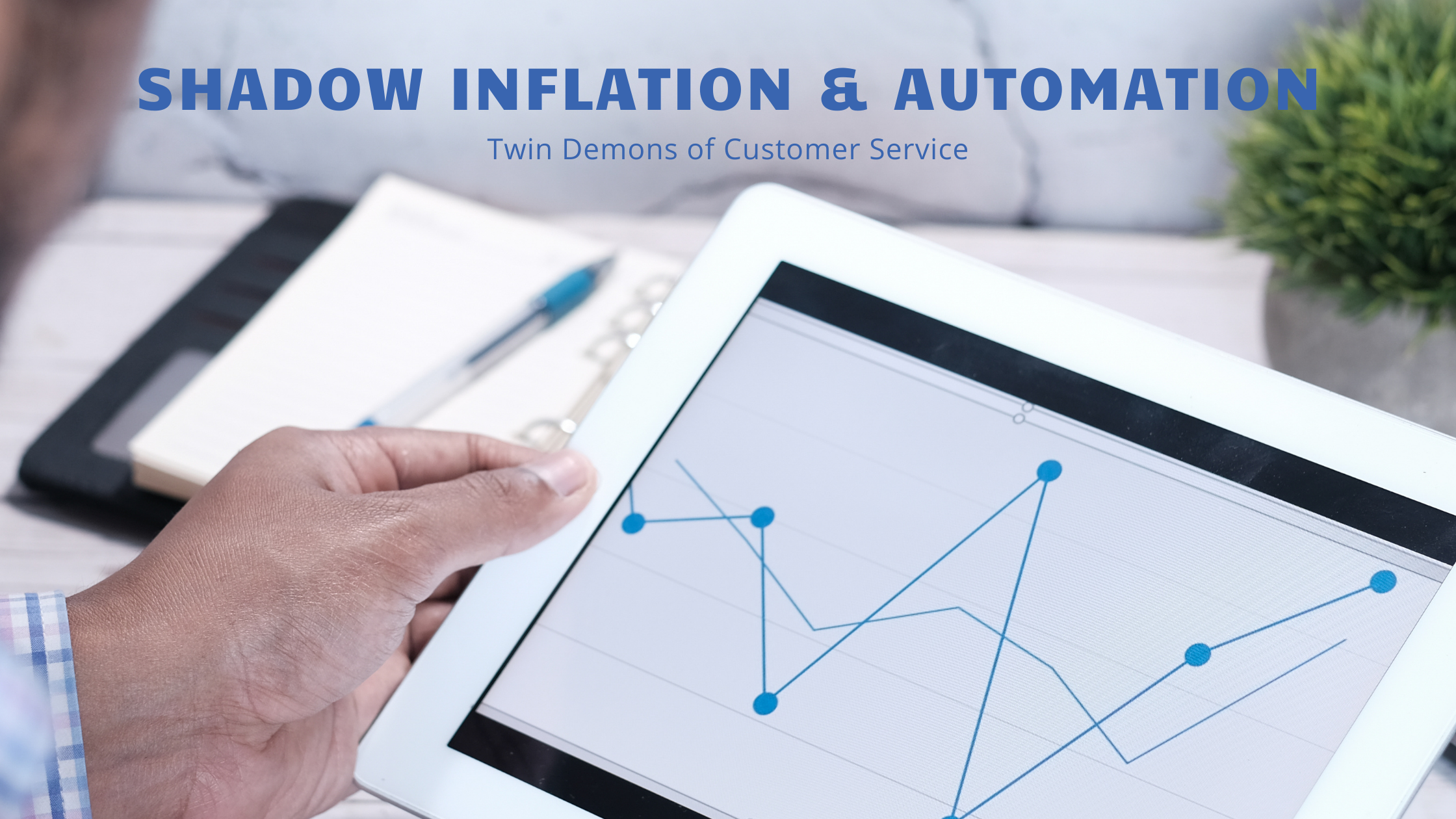Don’t let these two economic factors creep up on your practice.
When we hear about inflation, the first thing that comes to mind is a price increase for certain goods or services.
But there’s another type of inflation that is sneaking into commerce called shadow inflation. Instead of raising prices, you just get less for what you pay for. Ever notice how the ice cream carton at the grocery store shrank from a half gallon to 1.5 quarts? That’s shadow inflation at work. Same price, less value.
The same thing is happening in customer service, in part sparked and then justified by the pandemic. Hotel housekeeping is now every 3-4 days. Restaurant table service sometimes requires ordering and paying via phone; you don’t see your server until they bring your food. You get the idea.
Shadow inflation is just the latest form of a long-term trend towards automation of services that includes shifting labor from the provider to the customer. ATMs have replaced many bank tellers, online booking has eliminated travel agents for routine travel, and gas stations have customers pumping their own gas. Each of these is its own form of “self-service.”
This trend towards automation and commoditization across services has been well documented in The Experience Economy, following similar dislocating shifts in manufacturing as well as agriculture. Authors Pine and Gilmore have documented the rise of experiences as a distinct form of economic output. Their book (now in its third edition) shows that consumers value experiences above services and save where they can in order to allocate more of their time and money to compelling experiences.
Healthcare is different in that doctors and their teams don’t need to succumb to these same powerful forces. The interaction between a patient and the practice is inherently personal and should be designed to meet the needs and expectations of the customer. Here are a couple of thoughts on how customer service can be enhanced to improve the overall patient experience:
Think of “door to door” as your opportunity to shine.
From the time the patient gets out of their car to the time they get back in their car, everything that happens between those two moments is part of their cumulative experience. Practices that design and choreograph what should happen “door to door” (and what to do when things don’t go as planned) will be treating a patient visit the same way a great hotel or restaurant treats their arriving guests.
Hint: It’s worth exploring ways of automating some of the patient journey if and only if it improves the experience. The website www.promptlycheckin.com is a resource that has a portfolio of tools that practices can employ in this regard.
Think of customer service as a new line item on your invoice.
Professional, technical, and facility fees have been separated (and billed separately) for years in medical practices. How about a new line item called “customer service fee?” My colleague John DiJulius challenges clients to call out how much of their overall fee can be attributed to customer service. While you may not be able to bill a third party directly, the challenge for medical practices is still valid. Can you define how much of your overall fee is directly related to improving the patient experience?
Hint: In the world of experience design, time is the currency that matters. Time in your practice should be time well spent and nothing less. Time should not be spent (i.e. wasted) on any task that could have been performed outside of the visit.

